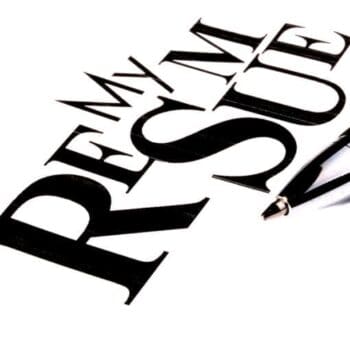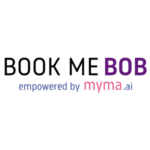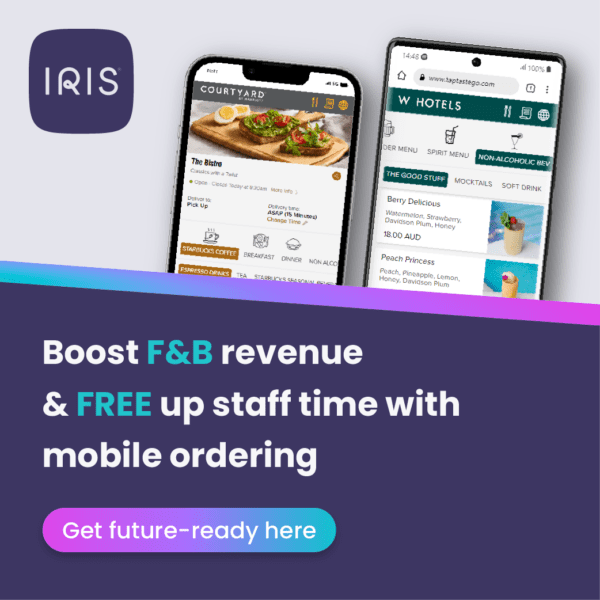 In this guide, we’ll break down the essential elements of crafting a resume that showcases your skills and experiences in the best light. We had the incredible opportunity to sit down with Meghan Massie, Head of Talent at Torrens University, and discuss the expert advice she shared on the Students Know Better podcast.
In this guide, we’ll break down the essential elements of crafting a resume that showcases your skills and experiences in the best light. We had the incredible opportunity to sit down with Meghan Massie, Head of Talent at Torrens University, and discuss the expert advice she shared on the Students Know Better podcast.
Her insights and tips are specifically tailored for students like you who are on the brink of graduation and ready to step into the professional world. Whether you’re preparing for your first job or exploring new opportunities, this blog will help you turn your academic achievements into a powerful career tool. So, get ready to transform your resume and set yourself up for success—let’s dive in!
What to put in a resume
Do include:
Crafting the perfect resume can seem like a daunting task, but breaking it down into key sections makes it much more manageable. Your resume is a reflection of your personal brand, so it’s important to highlight what sets you apart from the rest. Let’s dive into the essentials.
In today’s fast-paced world of technology and AI, having a comprehensive CV that covers all your basic experience and qualifications is crucial. Think of this CV as a foundation or guideline you can customise for each job application. Make sure it showcases your core skills and experiences in a clear, accessible way.
To make your resume stand out, incorporate relevant keywords related to the job you’re applying for. While keeping a professional tone, don’t be afraid to add a touch of creativity to differentiate yourself from other candidates. Finding the right balance between professionalism and personal flair will help grab the attention of employers.
Most importantly, use your resume to tell your story rather than leaving it to the employer’s imagination. Clearly explain your roles and responsibilities in past positions, and address any employment gaps—whether they were for starting a family, travelling, or pursuing other interests. These gaps can offer valuable insights into who you are and could be exactly what an employer is looking for.
Be aware of the relevancy and length of your CV. Think about how you can create distinct and relevant information that aligns with who you are as a professional and the advertisement that will set you apart.
Don’t include:
It’s a good idea to leave out personal details like your gender, religion, or race from your resume. Why? Because it helps keep the focus on your skills and qualifications, not on things that could unintentionally influence the hiring process. By sticking to your professional accomplishments and experiences, you give yourself a fair shot and make sure your application is evaluated based on what you bring to the table. It’s all about keeping things straightforward and fair!
It’s also best not to include overly generic phrases or exaggerations about your skills and achievements. Instead, focus on providing clear, relevant information that highlights your qualifications and makes you stand out for the right reasons.
By honing in on these key elements, you’re making the hiring manager’s job a whole lot easier. Imagine your resume as a well-organised toolbox: each section is neatly labelled, so they can quickly find exactly what they’re looking for. When you clearly showcase your skills, experience, and accomplishments, the hiring manager can swiftly see why you’re a great fit for the role. Plus, by tailoring your resume to each job, you’re showing them you’ve put in the effort to match their needs. It’s like giving them a sneak peek at how you’ll shine in their organisation, making it easy for them to envision you as a valuable addition to their team.
How to highlight employment, qualifications and accomplishments
To effectively highlight your employment, qualifications, and experience on your resume, focus on using keywords that are both easily accessible and eye-catching. You want to ensure that hiring managers can quickly see where you excel without having to dig through your resume.
Organise your information in a clear, concise manner, emphasising the most relevant details that align with the job you’re applying for. By prioritising relevance over length, you make sure that every piece of information you include directly supports your candidacy for the position, making your resume not only informative but also engaging and straightforward.
Types of resumes
In today’s job market, there are numerous resume formats you can use to impress potential employers. Deciding what resume style to submit should reflect the job you are applying for.
For example, if you are applying to the media production industry, you may pursue a creative video resume to further showcase your skills in video production and creativity. On the other hand, if you were applying for a government job that requires several higher education degrees and qualifications, a more detailed Here are some of the most popular types:
- Chronological resume: These resumes follow your experience over the years and show a clear career progression and are ideal if you have a solid work history in a specific field.
- Functional resume: Focused more on skills and qualifications rather than work history, this format highlights your abilities and achievements. It’s useful if you’re changing careers or have gaps in your employment.
- Targeted resume: Tailored specifically for a particular job or industry, this resume focuses on the skills and experiences most relevant to the position you’re applying for. It demonstrates that you’ve customized your application to meet the job requirements.
- Infographic resume: For a more creative approach, an infographic resume uses visual elements like charts and graphics to present your skills and achievements. It’s a great way to stand out, especially in design or creative fields, but be cautious to ensure it’s still easy to read and professional.
- Portfolio resume: Ideal for those in creative fields, this type includes a link to your online portfolio or samples of your work. It’s a great way to showcase your skills through actual examples of your projects. Portfolio resumes are typical for jobs such as marketing, & graphic design.
- Video resume: This modern format allows you to present your qualifications and personality through a short video. It’s an engaging way to make an impression, but make sure it’s professionally done and appropriate for the industry you’re applying to. A video resume could be submitted in addition to a chronological or functional resume to help a candidate stand out amongst other candidates.
Tips for crafting the perfect resume
Crafting the perfect resume can be a game-changer in your job search, helping you stand out in a crowded field. To set yourself up for success, keep these essential tips in mind to make your resume clear, compelling, and tailored to each opportunity.
- Use eye catching keywords
- Keep it relevant
- Highlight you achievements
- Tailor your resume to the job you are applying for
- Be original
- Ensure your resume is a reflection of you
- Identify what sets you apart
Written by:


 Melissa Waller, Bachelor of Business (Marketing) Student,
Melissa Waller, Bachelor of Business (Marketing) Student, 
















